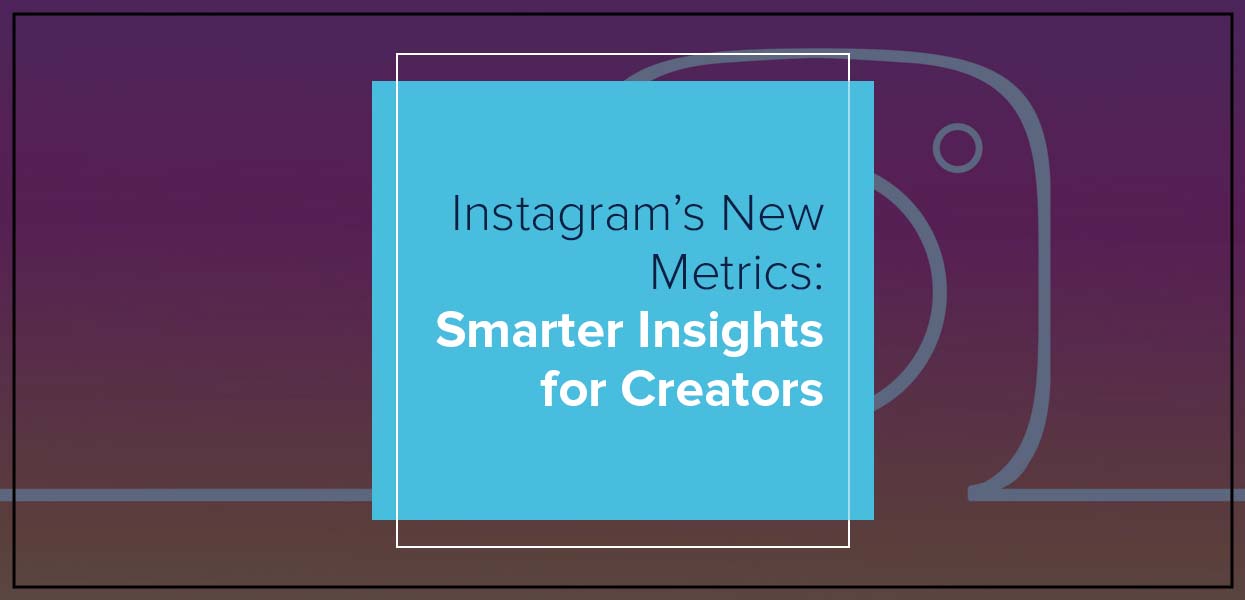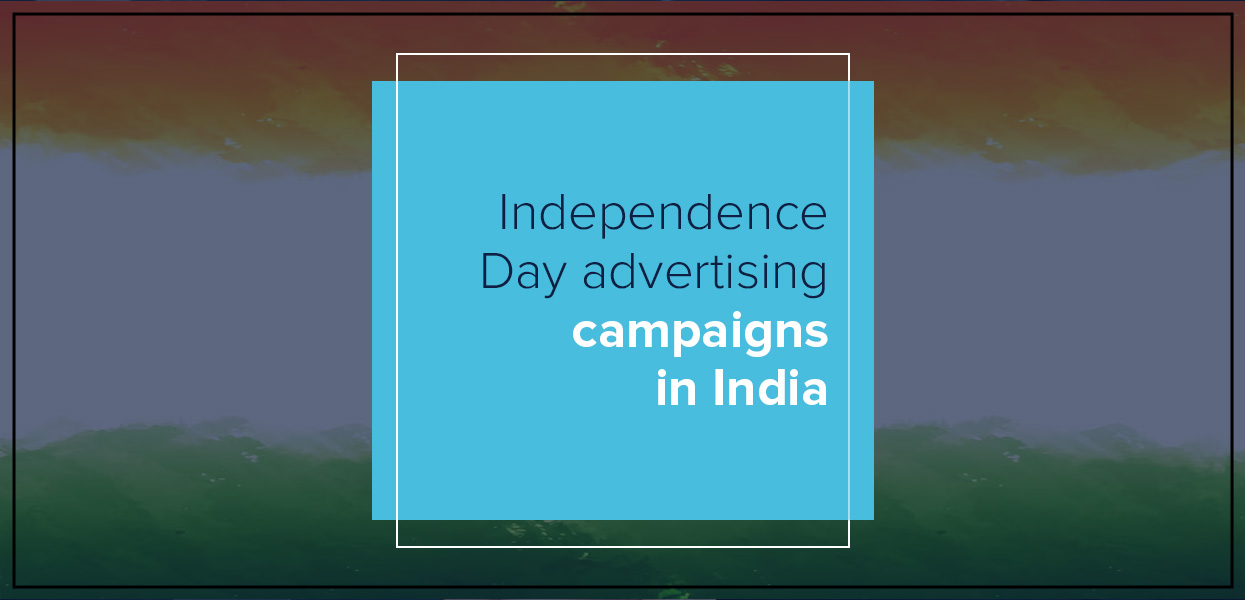How to Optimize Instagram Posts for Google Search Visibility
.png)
Everyone's talking about Instagram’s algorithm — but here’s what no one's telling you: your posts could now show up on Google Search. That’s right. Instagram has quietly rolled out a game-changing update that allows public posts from professional accounts to appear in Google results. But there’s a catch: if your content isn’t search-optimized, you’ll miss out on this free visibility.
What’s New? Instagram Posts on Google
Instagram is evolving — and it’s now stepping beyond the app. In a major shift, public posts from professional accounts can now appear directly on Google Search, opening up powerful new opportunities for Instagram SEO and digital content discoverability.
This update means your posts can be seen by people outside of Instagram, even if they don’t follow you or log into the platform. By simply searching keywords like “how to grow on Instagram” or “Instagram content ideas”, users can find your posts through Google, just like a blog or website.
For creators and marketers, this isn’t just a new feature — it’s a game-changer in Instagram marketing strategy. It allows your content to tap into organic search traffic, making it easier to grow your visibility without incurring ad spend.
But here’s the catch: you need to make your content search-friendly to be part of this next wave of digital growth.
Why This Matters for Creators and Brands
This shift in how Instagram content is discovered signals a deeper change in how search engines and social platforms are starting to overlap — and it matters more than most realize.
With Google now indexing public Instagram posts from professional accounts, the opportunity for organic reach expands dramatically. Instead of relying solely on the Instagram algorithm or paid promotions, you can now tap into Google search traffic — a space traditionally reserved for blogs, YouTube videos, and websites.
Increased Search Engine Visibility
Your content can now show up when someone searches keywords like:
“Best skincare routine by influencers”
“Instagram growth hacks”
“Vegan recipe reels on Instagram”
This is a massive opportunity for visibility, especially for creators, small businesses, and personal brands who often struggle to stand out in the saturated Instagram feed. It also means your Instagram presence starts functioning like a mini-website or content hub — showing up where your audience is already searching.
No Extra Content Needed
The beauty of this change? You don’t have to create new content to benefit. Your existing posts, reels, and carousels can begin appearing on Google — if they’re optimized right. A single well-optimized Instagram caption could now work as both social content and an SEO tool.
A Strategic Boost for Brand Discovery
For businesses, this means your Instagram marketing strategy is no longer limited to visual storytelling alone. It's now part of your search engine marketing mix. You can attract customers not just by building a following but also by being searchable and accessible to people who may have never heard of your brand.
For example, a fitness brand posting a reel on “quick 10-minute home workouts” could start ranking on Google for that search, reaching potential leads actively looking for that solution.
Aligning Social with Search
This also brings alignment between content marketing and social media management. Previously, Instagram content was siloed — it worked on the app and nowhere else. Now, the lines are blurring. Every post becomes a chance to:
Improve search visibility
Attract new users
Build long-term content value
The Catch: Why Search Optimization Is Essential
While the update opens up massive potential, most creators and brands won’t benefit, simply because their content isn’t optimized for search.
This isn’t about tricking the algorithm. It’s about creating content that’s both engaging for users and understandable for search engines. Without basic Instagram SEO practices in place, your posts will likely remain invisible in Google’s results, no matter how valuable or visually appealing they are.
Understanding the Basics of Search Optimization on Instagram
Instagram wasn’t originally designed with SEO in mind, which is why many creators overlook this aspect entirely. But now, with search engine indexing in the picture, optimization matters more than ever.
Here are the key elements that influence how and whether your Instagram posts appear in search:
Keyword-Rich Captions: Just like blog posts or YouTube videos, Instagram posts with relevant keywords in the caption are more likely to appear in search results. Think of your caption as the headline and meta description rolled into one.
Hashtags with Intent: Using trending or niche-specific hashtags that align with what your audience is searching for adds another layer of discoverability. Hashtags function like keywords — they help categorize your content.
Alt Text and Accessibility Tags: Instagram allows users to add custom alt text to images, often overlooked. These descriptions help not only with accessibility but also with image-based search visibility.
Username and Bio Optimization: Even your handle and bio can support your SEO. Including relevant terms like “photographer,” “nutrition coach,” or “travel blogger” helps Google and Instagram understand who you are and what you offer.
The Risk of Staying Unoptimized
Most users won’t notice this change, and that’s exactly the problem. They’ll keep posting content without thinking about keywords, intent, or how search engines interpret visuals and text. As a result, they’ll miss out on free, high-quality traffic from Google.
Those who do understand and apply optimization techniques, on the other hand, will quietly build authority, grow their reach, and drive results without spending on paid ads. This shift will separate the casual posters from the strategic creators.
How to Optimize Instagram Posts for Google
If Instagram is now searchable on Google, the next logical step is to treat your posts like search-optimized content. That means being intentional with every caption, hashtag, and image description. Fortunately, you don’t need technical expertise — just a solid understanding of how to make your posts Google-friendly.
Here’s a breakdown of actionable steps:
1. Write Captions with Search Intent
Start thinking of your Instagram captions like mini blog intros. Incorporate keywords that reflect what people might type into Google. For example:
Instead of “Weekend vibes,” try “3 Self-Care Habits to Try This Weekend.”
Instead of “New recipe up,” use “High-Protein Vegan Recipe for Busy Workdays.”
Include natural language, not keyword stuffing. Your captions should sound human but be informative enough for search engines to understand the topic.
2. Use Strategic Hashtags
Hashtags serve as secondary keywords. Focus on a mix of:
Broad tags (e.g., #DigitalMarketing, #HealthyLiving)
Niche tags (e.g., #EmailMarketingTips, #PlantBasedLunch)
Location-based tags, if relevant (e.g., #DelhiStartups)
Limit to 5–10 hashtags that are relevant, descriptive, and aligned with your target audience’s search behavior. Avoid overly generic or banned hashtags.
3. Add Custom Alt Text
Instagram allows custom alt text for images, which is essential for accessibility and image SEO. You’ll find this option under Advanced Settings when uploading a post.
Write clear, descriptive text that includes your focus keyword:
“Flat lay of skincare products for dry skin routine”
“Homemade vegan protein bowl with chickpeas and quinoa”
This helps Google interpret your visual content, especially when users search via Google Images.
4. Optimize Your Profile for Search
While the focus is on posts, don’t ignore your profile. Your username and bio contribute to your overall discoverability.
Tips:
Use keywords related to your niche: e.g., “Content Strategist | B2B SaaS Specialist”
Link to a keyword-rich landing page or blog
Use consistent branding across channels to build credibility
5. Post Content Around Searchable Topics
Some topics perform better in search. Think educational, how-to, list-style, and trending themes. Tools like Google Trends, Answer the Public, or even Instagram’s own search bar can give you clues.
Examples:
“How to grow an Instagram page in 2025”
“Beginner-friendly digital marketing tips”
“Morning routines of high-performing entrepreneurs”
Reels, carousels, and guides centered around these ideas have the potential to perform well both on Instagram and in Google results.
6. Repurpose High-Performing Blog Content
If you have already published SEO blogs, you can repurpose that content into short-form posts. This creates content that's already keyword-optimized and increases your chances of ranking for the same topic via social media.
Get Ahead of the Curve
Right now, Instagram posts appearing on Google is a quiet shift, but it won’t stay that way for long. As more brands and creators realize the potential of Instagram SEO, competition for search visibility will grow. The smartest move? Start optimizing before everyone else catches on.
This is the early mover’s advantage. The majority will continue posting as they always have, without search intent, keywords, or structure. But those who take a search-first content approach today will benefit from sustained organic growth, higher engagement, and greater discoverability across platforms.
Why It Matters Now
Instagram is no longer just a social app; it’s evolving into a searchable content platform, integrated with how people use the internet daily. Audiences are no longer confined to apps. They’re typing questions into Google, clicking on image results, and discovering creators from unexpected places.
This trend reflects a larger digital truth: search and social are converging. Brands that treat every post — whether it’s a carousel, reel, or single image — as a discoverable asset will lead the next wave of content marketing.
The Bottom Line
This isn’t about gaming the algorithm. It’s about making content that works harder, not just for likes, but for long-term visibility. By combining creative storytelling with search optimization, you position your content for impact both now and in the future.
Whether you’re a solo creator, a digital agency, or a growing brand, the opportunity is clear:
Optimize your Instagram presence now, and watch your content travel further than ever before.
For more such regular updates, strategies, and insights on making your social media work smarter, connect with Uniworld Studios
Categories
- Digital Marketing
- Website Development
- Graphic Design
- Content Writing
Latest Posts
-
- Essential Marketing & Advertising Keywords 2025



